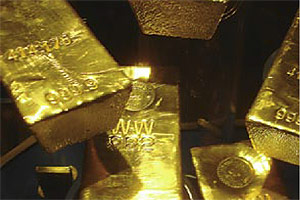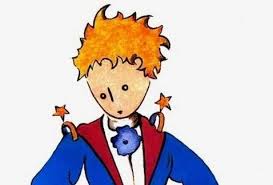It is bounded by Namibia, Botswana, Zimbabwe and Mozambique to the north; by Swaziland to the east; by the Atlantic Ocean to the west and by the Indian Ocean to the east and south. The state of Lesotho is located in the southeast, and is totally surrounded by South African territory.
Its geography consists of a narrow coastal strip that runs along both oceans followed by a steep mountainous slope separating it from the inland plateau. This large plateau covers almost half of South Africa’s territory, which rises between 900 and 1,200 meters above sea level, although at some points it rises above 1,800 meters. The Drakensberg Mountains lie in the eastern tip of this plateau, where the highest peaks are higher than 3,000 meters above sea level, the most important being the Champagne Castle (3,375 meters above sea level). Between the border of the plateau and the coastline, the terrain descends abruptly to the sea in and area known as the «Great Escarpment». The inland step of the two that form the Escarpment (mountainous) is known as the Eastern Highveld, while the outer step (of lower altitude) is called the Eastern Lowveld. Three plateaus lie in the southern part of these two steps: moving towards the coast these are the Great Karoo, the Little Karoo and another small plateau.
Several mountainous formations lie between the Great and Little Karoo: Langeberg and Cederberg in the west; the Nuw Veldberg, Swartberg and Tafelberg Mountans to the south. In the northeast, South Africa’s relief includes part of the Kalahari Desert, and in the west, a section of the Desert of Namibia.
The most important river is the Orange River, which gathers the scarce water from the inland plateau and discharges it into the Atlantic through waterfalls and canyons. Other important rivers are the Vaal, the Caledon, the Limpopo and the Olifants. The climate on the coast is Mediterranean (temperate), becoming continental with great variations in temperature inland, and arid in the northwest.
A Multiethnic and Mestizo Population
South Africa’s population is composed of the following groups: Black Africans (75%), Caucasians who descend from the European settlers (14%), mixed descent (9%), and Asians who are mostly Indians (2%). The black majority includes a number of ethnic groups, among these: the Zulu, Xhosa, Tswana, Venda, Basotho, Ndebele People, etc. The Zulu are the most numerous, accounting for 20% of the country’s total inhabitants.
It must be noted that South Africa became notorious throughout the world for the ethnic segregation policy it implemented in 1949 known as apartheid. Under this system, the many ethnic groups were separated, and the black majority was denied the right to vote. Other ways in which apartheid affected society was in jobs, salaries, education, and the prohibition of interracial neighbourhoods and marriages. Moreover, in all these and other spheres, the white population enjoyed privileges, and it held all political power. Only in 1989 and 1990, a number of agreements were reached that allowed the partial dismantlement of the apartheid system. In 1992, a government of «National Unity» was formed, and in 1994, presidential elections were held, and Nelson Mandela became the first black president of the country.
System of Government
The Republic of South Africa is governed under the Constitution promulgated in 1997. It is a multiparty bicameral system. The President is the Head of State and Government and is elected every five years by Parliament from among its members. In practice, the President is the leader of the majority party in Parliament. The latter, the supreme body in the Legislative branch, consists of two chambers: the National Assembly (400 members) and the Council of Provinces (90 delegates, 10 for each province of the country). The Constitutional Court and the Supreme Court of Appeal are the main bodies in the Judiciary.
An Economy based on Mining
South Africa is the leading economy in the continent, and the most important sectors are mining and industry. Mining, including the extraction of gold, diamonds, coal, platinum and uranium, accounts for most of the country’s income and for over 20% of total exports.
South Africa is the main gold producer in the world. The industrial sector contributes more than 30% of the GDP and the most important industries are: chemicals, processed food and beverages, machinery and metallurgy (iron and steel).








